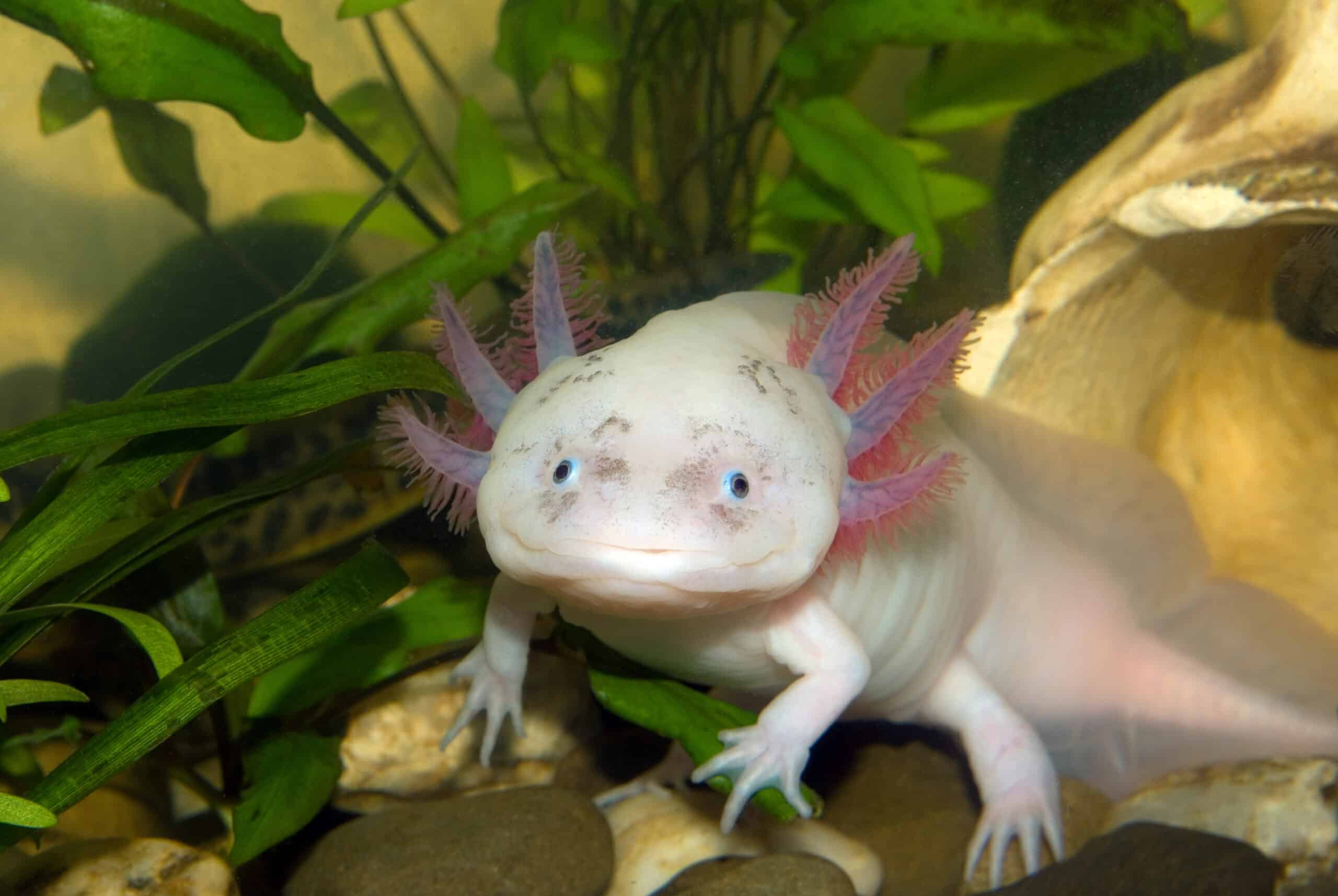Axolotls salamander gene partners have been identified that when activated allow the neural tube and associated nerve fibers to functionally regenerate after severe spinal cord damage; these genes are also present in humans though they are activated in a different manner.
Axolotls are regeneration champions that are able to regenerate multiple body parts. Previous research led by Karen Echeverri has shown that the c-Fos gene is up-regulated in glial cells of the nervous system after spinal cord injury, in humans and axolotls, showing that c-Fos can’t act alone being an obligate heterodimer/having to have a partner; c-Fos has a different partner in human than in axolotl which seems to drive different responses.
In human injury responses c-Fos is paired with c-Jun genes; in axolotls c-Fos is activated with the gene JunB, the difference was traced to actions of microRNAs that regulate gene expression. Modifying gene expression by the axolotls’ microRNA enabled the force pairing of human c-Fos with c-Jun; salamanders with forced pairings were unable to regain a functioning spinal cord after injury, and formed scar tissues; future follow-up studies will investigate whether the reverse is true in human cells.
Genes involved in regeneration in axolotls are conserved between humans and the salamanders, it does not appear as if axolotls have regeneration specific genes thus far. Healing processes appear to be about what genes partner with directly after injury, and how that pairing will drive towards regeneration or forming scar tissue; partners can have a really positive or negative effect.
Gaining better understandings of the axolotl spinal cord regeneration and the differences/similarities with human processes could help researchers and doctors to improve treatments for severe spinal cord injuries in the future, which has potential for some neurodegenerative diseases.




